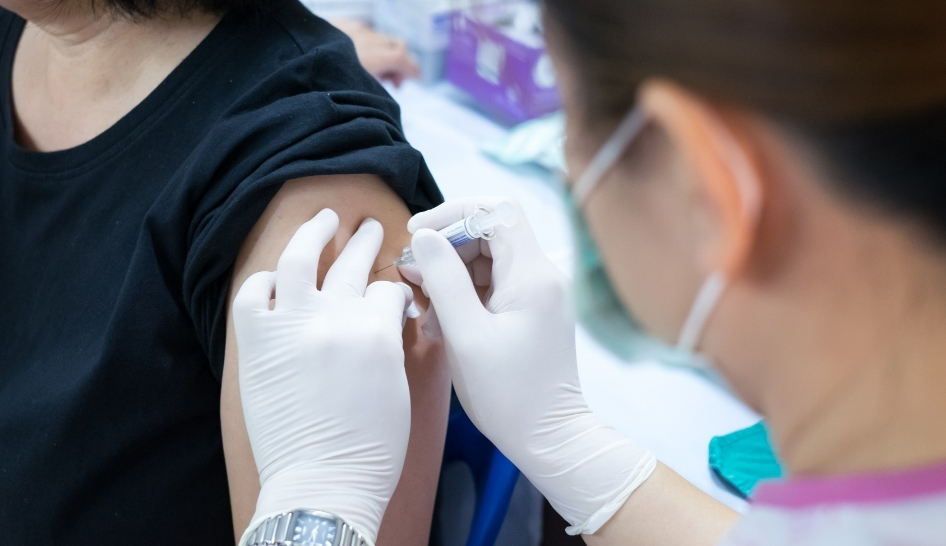As the COVID-19 pandemic continues globally, businesses must operate under some level of restrictions throughout a majority of the United States. However, most gyms, health clubs, and studios across the U.S. are open apart from a handful of exceptions. While these health clubs are fortunate to be open—as many states have since reversed their stance on closing businesses, implemented during the start of the pandemic—the restrictions still force them to operate with limited capacity.
One positive to come out of the COVID-19 pandemic is the formation of State Fitness Alliances. These club operators have mobilized together in their respective states to advocate for health clubs on the ground at the local, state, and national levels.
On a recent call, State Fitness Alliance leaders shared tips, strategies, and best practices for communicating with government officials to get open, stay open, and loosen the restrictions placed on health clubs, gyms, and studios.
These are the four main tips from State Fitness Alliance leaders to receive the most favorable outcomes when working with local lawmakers during a pandemic:
- Show government officials that gyms can help fight the pandemic
- Establish regular lines of communication
- Offer clubs as vaccination sites
- Reference data and restrictions in other states

